February 18, 2020
ISS Longeron - Datasets

The International Space Station has been in orbit above us for over 20 years! Part of what has made this longevity possible has been NASA’s ability to optimize the space station’s operations by modeling various scenarios here on Earth. Here we make the tools and datasets that were used to allow Topcoder to assist NASA with this optimization process.
Dataset Links
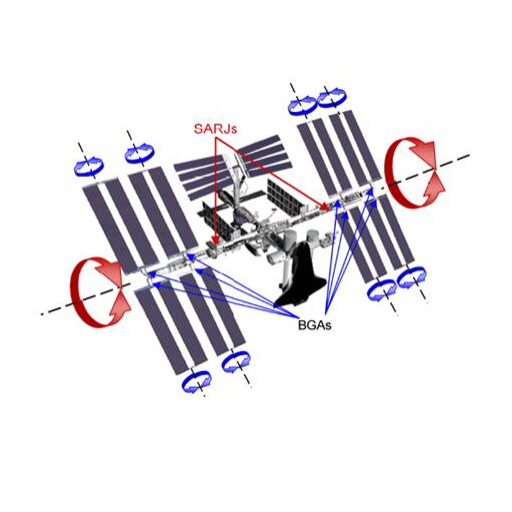
Official ISS Coordinate System Model
The ISS local coordinate system includes the names of each rotary joint and SAW, the directions of positive rotation, the angular values at the given positions, the rotatable radiators, port and starboard directions, the direction of motion and the approximate position of the sun at positive and negative beta angles.
Download
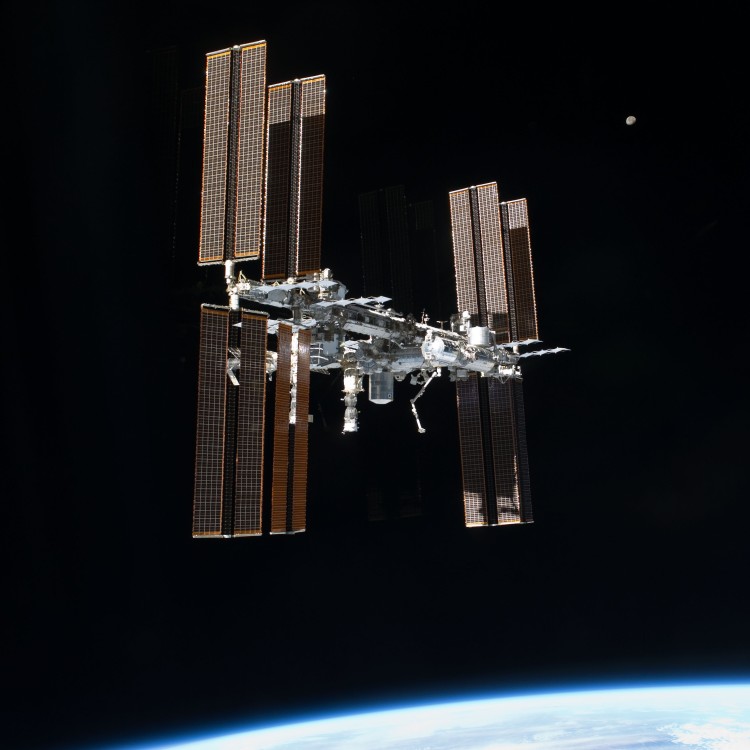
CAD-readable ISS Coordinate System Model
The dimensions and positions of the various components in our simplified CAD model of the ISS are specified in this coordinate system. It is an all-triangle version of the same official coordinate system model data which can be read by most CAD systems
Download
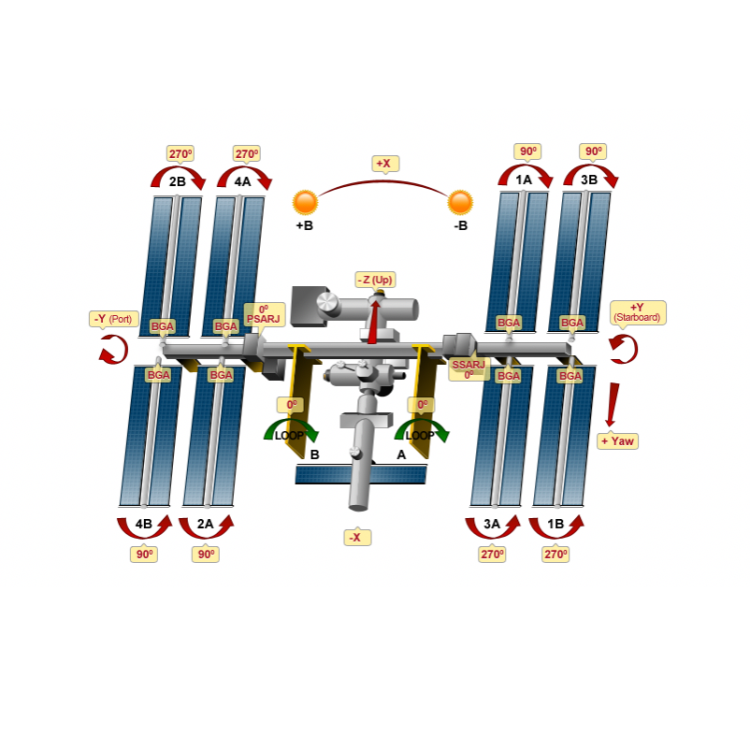
Offline ISS Tester/Visualizer
A tester/visualizer for running your solutions locally (on your own computer). In addition to running solutions, the tester/visualizer can be called from your code to evaluate shadowing and power generation for arbitrary configurations. The tester/visualizer can also produce images and animations of our ISS model, with shadows, to help you understand how the orientation angles work and to show how the shadows affect the performance of your solution.
Visit Page
History of Our Work
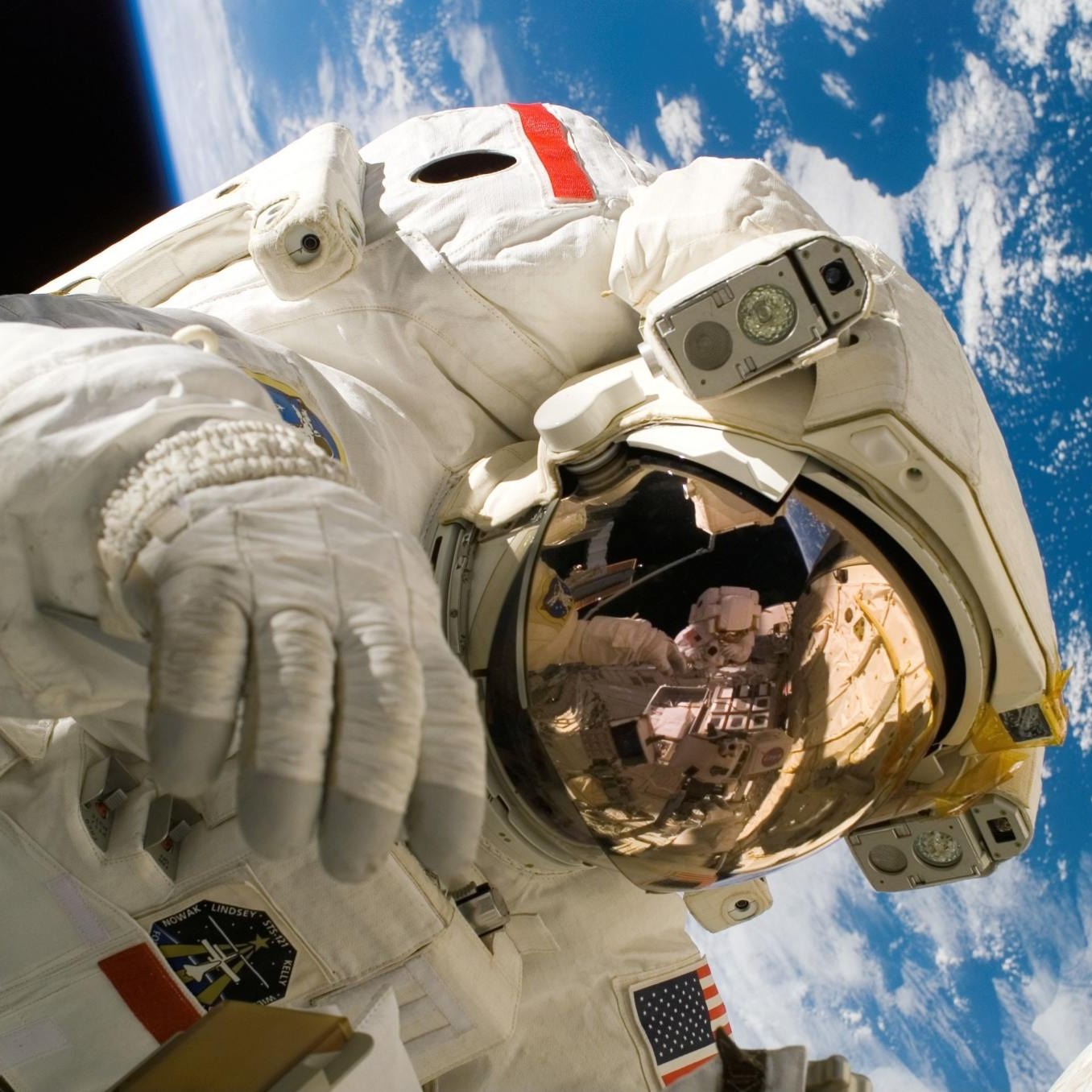
ISS Longeron Challenge
The goal of the challenge was to position the solar collectors on the International Space Station to generate as much power as possible during the most difficult orbital configurations.
Visit Page
Blogs and Discussions
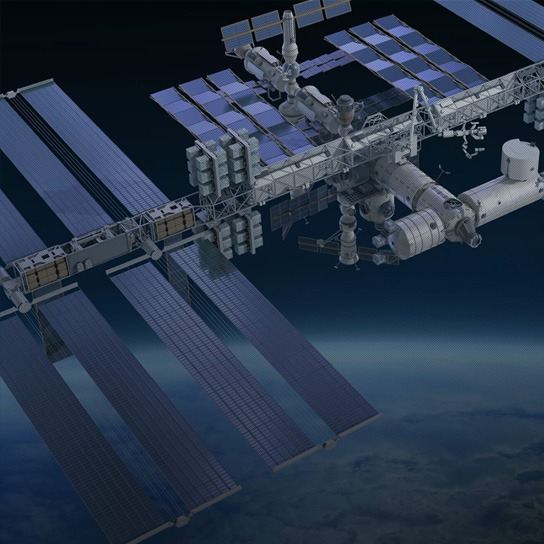
Topcoder Customer Stories - NASA ISS Longeron
In the end, the winning solution delivered by Topcoder provided an average output similar to NASA’s original solution — but with new motor configurations. While the top solution didn’t deliver more efficient solar capture, the challenge was deemed a success because it enabled NASA to validate the original algorithm, as well as see alternate approaches to the problem in action.
Visit Page
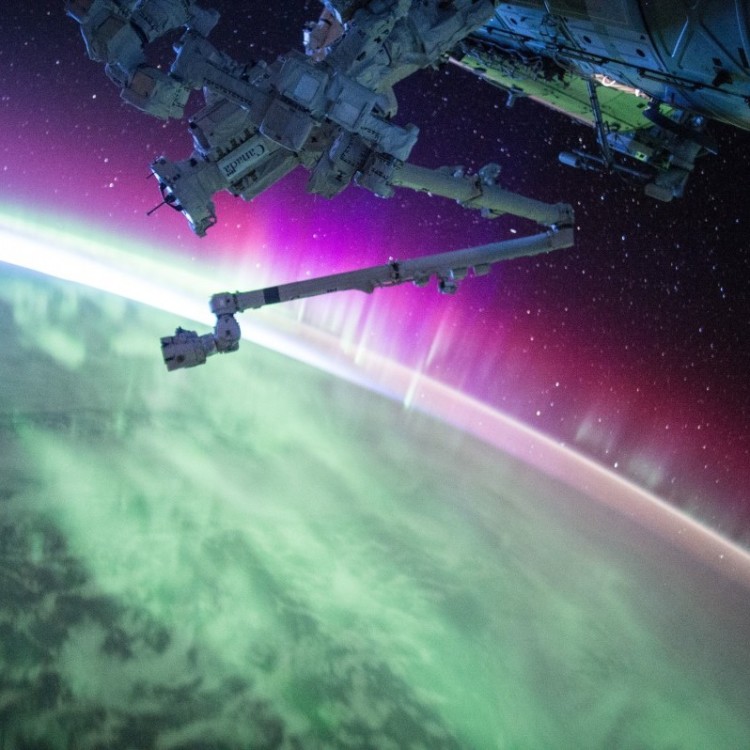
White House - Help NASA Power the International Space Station
NASA is seeking solutions that reduce or eliminate the shadows the station casts upon itself at various points during its orbits of Earth. Ultimately, winning algorithms will help add power to the space station and expand the number and types of science experiments that can performed onboard.
Visit Page
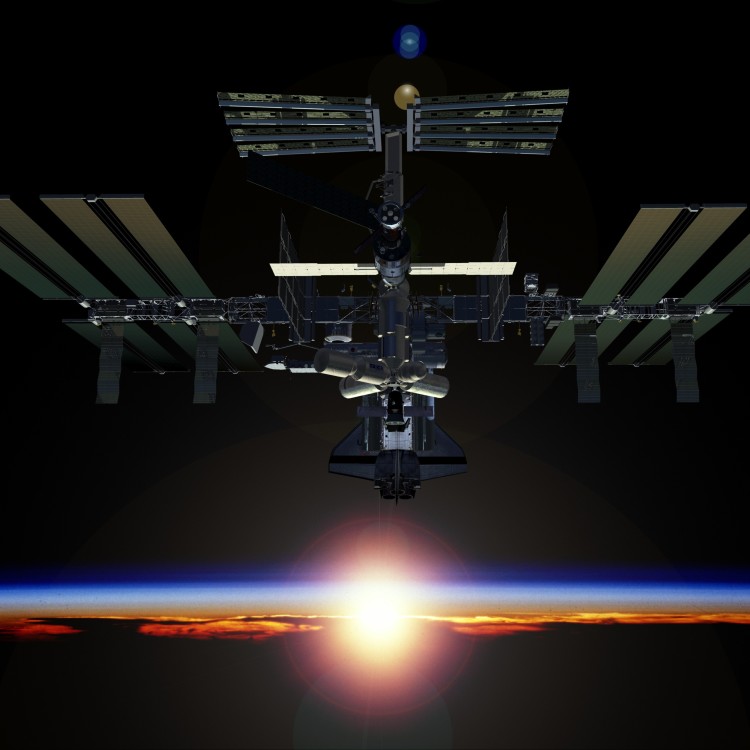
Press Release: Topcoder Announces $30,000 ISS Longeron Shadowing Optimization Challenge
Topcoder®, Inc., the world’s largest competitive Community of digital creators, today announced the Longeron Shadowing Optimization Challenge, a $30,000, open to the public competition to make the energy-gathering solar arrays of the International Space Station (ISS) more efficient by eliminating the shadows it casts upon itself at different points during orbit.
Visit Page
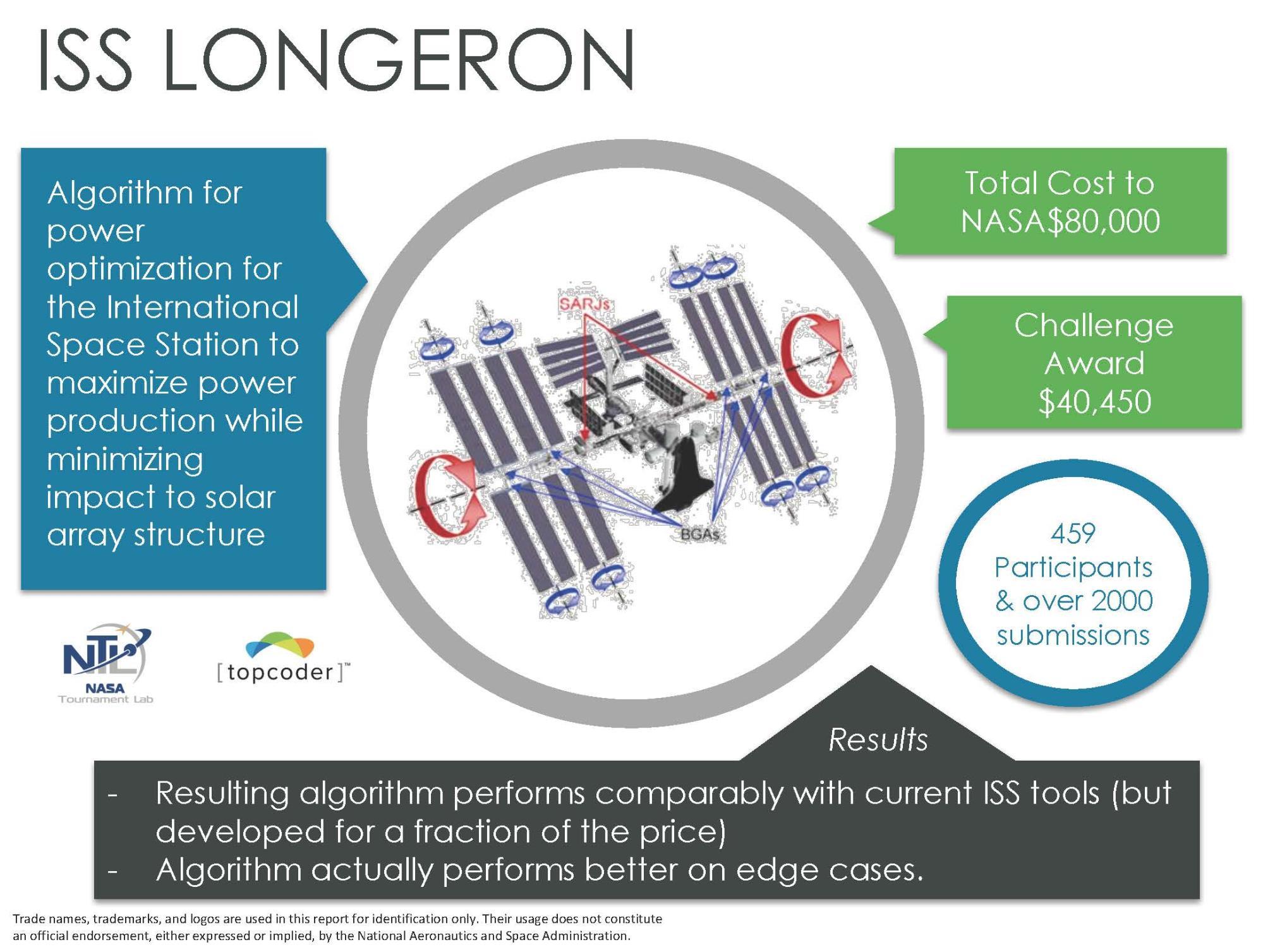
Laboratory for Innovation Science at Harvard: International Space Station Longeron Shadowing Challenge
The result created an energy output that increased power by a few percentage points more than the current state of the art solution. The algorithm maintains the energy output, even if the deteriorating nodes that rotate the ISS solar panels ultimately fail
Visit Page
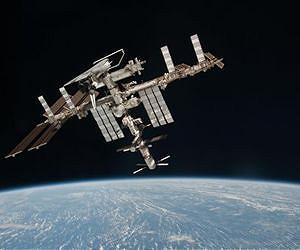
Space Travel - Competition Hopes To Fine Tune ISS Solar Array Shadowing
The solutions brought forth for this problem can move the needle for NASA and provide a roadmap for other agencies to tackle stubborn challenges.
Visit Page
0
0